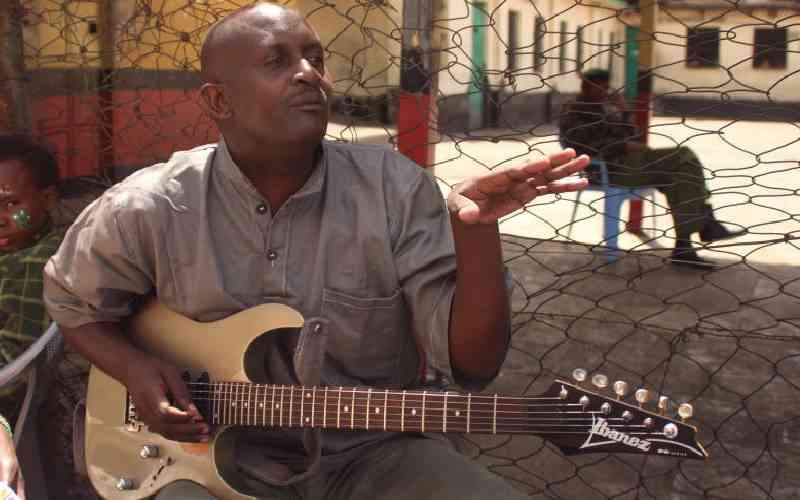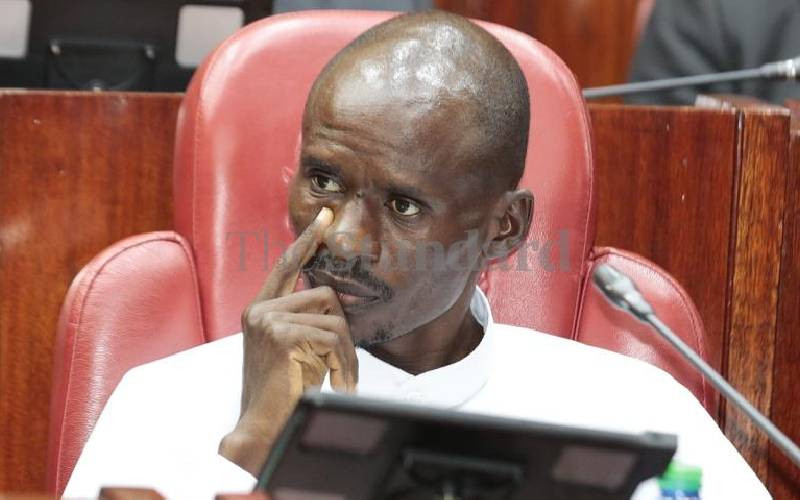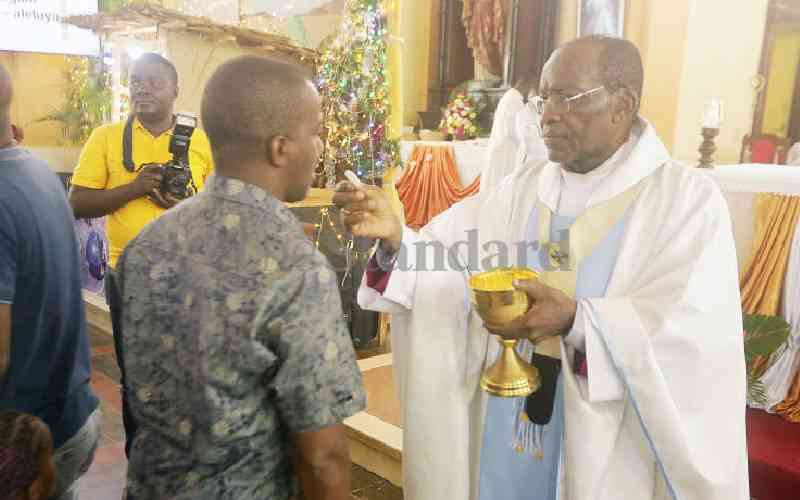By Jennifer Muchiri
“Regrow our Si-mot and always move with it if you want to survive” are the words the elders tell one young man on the eve of his initiation into manhood. The young man sets off on a journey, both psychological and physical, to search for the meaning of these words. This young man represents many youth who find themselves at cultural crossroads when they are expected to find their place in the communities they belong to, and the world at large. This kind of cultural and identity conflict is the subject of Jason Kap Kirwok’s latest novella, The Heart is a Reluctant Nomad (Longhorn, 2013).
The novella tells the story of a young man called Emp-toe, from the slopes of Mt Teriet, who has just completed secondary school studies. He is troubled having lost both parents in a space of four weeks and now lives with his ageing grandparents. His teacher gifts him with a cell phone after performing well in the high school examinations and his greatest source of joy is an American girl he meets on Facebook through the phone.
Emp-toe’s grandfather and other village elders organise for his initiation and after going through the requisite rituals he is circumcised. It is during these rituals that the true meaning of his name is revealed to him and he is given not only a new name, Pto-eem, but also the responsibility of beginning a new life and a new lineage for his clan. He learns that the ancestors expect him to chart the way forward for the clan and they have already chosen a wife for him, a young woman called Tamnai. What the elders do not know is that Pto-eem is planning to travel to the United States of America to pursue university education. The young woman he met on Facebook has arranged for him to get a full scholarship from an American university and he is due to start his classes a short while after his circumcision. One is left wondering how such miracles just happen! Or is the author taking his literary liberties too far?
Pto-eem’s dilemma is whether to go to America and pursue higher education or stay in his village and take the responsibility bestowed on him by his ancestors. He does not understand what the ancestors meant when they said that he should “Regrow our Si-mot and move always with it if you want to survive” and he hopes that he can discover that by joining university. He has another reason for wanting to travel to the US: he is in love with the Facebook girl.
Pto-eem runs away from the village and travels to America where his American friend helps him to settle down. That he is close to the girl he loves makes him even happier and he starts his classes with confidence. Unfortunately, his dreams are shattered when he discovers, to his horror, that the girl he so likes is a lesbian. This is a totally alien reality to him and he cannot forgive her for encouraging him to leave his country yet she is not ready to have a relationship with him. It is in the process of contemplating this shocking discovery that he realises what the elders meant when they told him to regrow the Si-mot: it is about guarding the culture and traditions of his people.
Kap Kirwok thus paints a young man facing a cultural crisis, a situation which mirrors the condition many youth find themselves in today. Told in the form of an oral tale, this story is a juxtaposition of the traditional and the modern worldviews. The writer seems to be asking how the youth can fit in the modern world of Facebook and Western education while still appreciating and respecting the African way of life. Pto-eem is disappointed by the world he discovers in America yet the same world makes him discover his place as a member of his clan. He realises that he can fulfil his ancestors’ wishes and still get higher education. In a way, Kap Kirwok seems to say that Western education does not necessarily have to negate one’s African identity.
However, the reader is left disappointed at many levels. First, there is a way in which the writer does not quite delve into the issues he alludes to in the novel. For instance, he only hints at the problem of race in America. Second, the protagonist’s discovery that his girlfriend is a lesbian seems almost imposed and the reader is left wondering what its material value in the story is. Is it meant to justify to the protagonist why he should marry his “heterosexual” African arranged wife? Or is it a repudiation of non-African women? Third, one is left feeling as if the writer is in a hurry to have the protagonist return to Africa so that the writer’s conviction that one cannot escape destiny can be validated. Fourth, the text layout/design is poor, with unnecessary spacing between indented paragraphs.
Dr Muchiri teaches Literature at the University of Nairobi. [email protected]
 The Standard Group Plc is a
multi-media organization with investments in media platforms spanning newspaper
print operations, television, radio broadcasting, digital and online services. The
Standard Group is recognized as a leading multi-media house in Kenya with a key
influence in matters of national and international interest.
The Standard Group Plc is a
multi-media organization with investments in media platforms spanning newspaper
print operations, television, radio broadcasting, digital and online services. The
Standard Group is recognized as a leading multi-media house in Kenya with a key
influence in matters of national and international interest.
 The Standard Group Plc is a
multi-media organization with investments in media platforms spanning newspaper
print operations, television, radio broadcasting, digital and online services. The
Standard Group is recognized as a leading multi-media house in Kenya with a key
influence in matters of national and international interest.
The Standard Group Plc is a
multi-media organization with investments in media platforms spanning newspaper
print operations, television, radio broadcasting, digital and online services. The
Standard Group is recognized as a leading multi-media house in Kenya with a key
influence in matters of national and international interest.








